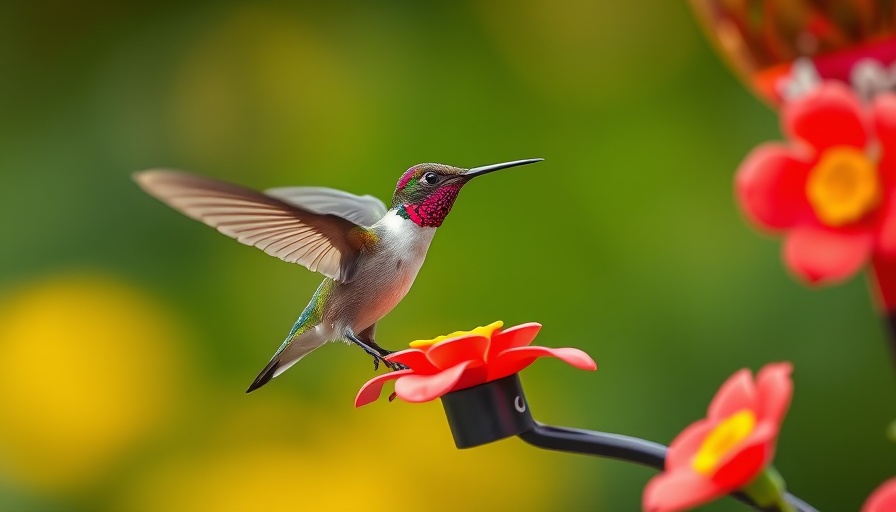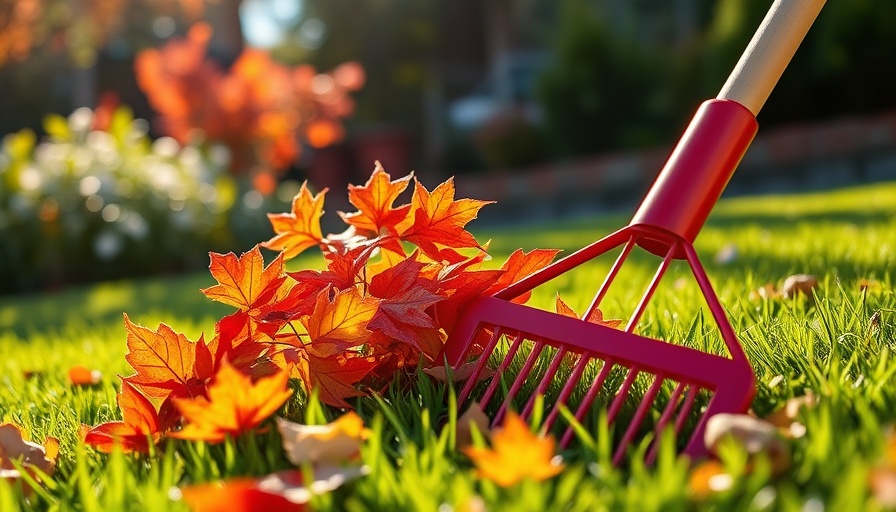
Why Porch Safety Matters More Than You Think
When we think about creating our ideal outdoor space, our porches often set the stage for relaxation and entertainment. However, it’s important to recognize that not everything belongs in this sunny space. Choosing the right items is crucial for maintaining a safe and welcoming environment, especially as the seasons change.
According to experts, leaving common items out in the open can lead to more than just an eyesore; it can invite pests, cause damage, or even compromise safety. Examining what shouldn't grace your porch can save you from a nasty surprise.
Hazards of Leaving Litter or Trash Outside
It might seem convenient to leave trash bins out on the porch for easy access, but it’s not the best idea. They attract not just unsightly smells but also pests such as roaches and raccoons, eager for leftovers. A clean, clutter-free porch promotes better air quality and gives your home a more inviting appearance.
Additionally, any open containers can trap water, creating a breeding ground for mosquitoes. In this age of increasing concerns about health and well-being, keeping your porch clear of garbage is not just about aesthetics—it's about smart living!
Why Indoor Furniture Should Stay Indoors
We all love to enjoy the comfort of our living room chairs, but bringing them outside can turn into a regrettable decision fast. Weather changes can warp and damage indoor furniture, leading not only to a financial loss but also a potential hazard if a seat collapses under pressure. Instead, opt for outdoor-specific furniture designed to weather the elements.
Outdoor furniture enhances the look of your space while ensuring safety, especially for gatherings where friends and family congregate. According to outdoor living trends, investing in durable patio furniture pays off in both aesthetic and functional value.
The Unyielding Case Against Expensive Décor
As tempting as it might be to showcase that gorgeous vase or decorative statue, most outdoor spaces aren't kind to delicate décor. The constant shift in temperatures and exposure to elements can lead to damage or deterioration. Instead, consider materials designed for outdoor durability when sprucing up your porch.
Moreover, giving your space a personalized touch can be achieved through resilient plants or decorative stones that hold up against intense weather, keeping your porch stylish without risking your budget.
Rethinking Electrical Outlets and Gadgets
For those who relish smart technology, the allure of keeping gadgets close at hand on the porch can be hard to resist. However, rain and humidity can wreak havoc on electrical devices, leading to potential safety hazards or damage. Instead, let your porch be free of these risks and focus on solutions that won't leave you in a jolt.
You might consider investing in waterproof outdoor speakers or LED lights rather than trying to use standard items that might fail or, worse, cause accidents. Safety should always be a priority!
Ultimately, What Belongs on Your Porch
Knowing what not to place on your porch opens the door to endless possibilities of creating a truly comfortable and safe outdoor environment. Keeping it clutter-free, using weather-appropriate décor, and ensuring that all items are suited for outdoor use will enhance your porch experience significantly.
As you enjoy your porch in the warm sunshine and cool breezes, let safety and style go hand-in-hand. Isn't it time to transform your outdoor space into a haven?
 Add Row
Add Row  Add
Add 



Write A Comment